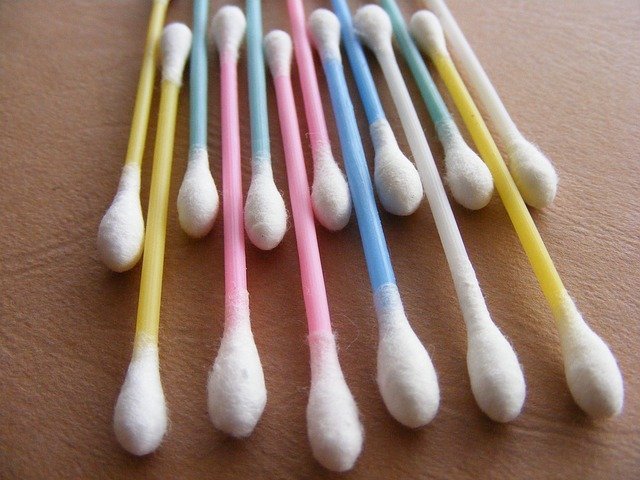Myth or Medicine: The Truth About Earwax – Paste Magazine
Note: This article is not meant to diagnose medical conditions. For medical expertise, readers should consult their physician. The author is not a licensed medical professional.
Cotton swabs, paper clips, fingernails, ballpoint pens, toothpicks and bobby pins. This isn’t a shopping list for amateur lock-pickers—they’re all objects people have stuffed in their ears in a misguided attempt to clean out their earwax.
<p…….

Note: This article is not meant to diagnose medical conditions. For medical expertise, readers should consult their physician. The author is not a licensed medical professional.
Cotton swabs, paper clips, fingernails, ballpoint pens, toothpicks and bobby pins. This isn’t a shopping list for amateur lock-pickers—they’re all objects people have stuffed in their ears in a misguided attempt to clean out their earwax.
People have a common misconception that earwax is a sign of dirty ears. Contrary to popular belief, it’s one of the good guys. Similar to the protective qualities of your boogers, earwax is a sticky agent that acts as a lubricant and prevents water, dust, small particles, and insects from sneaking into the ear. It even contains antimicrobial peptides that prevent bacteria and fungi from invading the auditory canal and causing infection. Humans aren’t the only mammals equipped with this defense system—take a look inside your cat’s ears and you’ll discover the same liquid gold inside.
The glands in the ear continuously make new earwax and push out the old during a natural self-cleaning process. Old earwax migrates to the ear opening during chewing and jaw movement, and then flakes off during bathing.
Inserting objects like cotton swabs into the ear can actually push the wax further in, damage the ear drum, and cause earwax impaction. Impaction occurs when an excessive buildup of earwax blocks the ear canal. While generally harmless, it can cause a host of uncomfortable symptoms, including pain, itching, ringing in the ear, hearing loss, discharge, and odor.
An estimated 12 million people in the United States seek medical care for problematic earwax per year, resulting in nearly 8 million removal procedures. In an effort to debunk the myths surrounding earwax and prevent impaction, the American Academy of Otolaryngology-Head and Neck Surgery Foundation recently published an updated clinical practice guideline on the treatment of earwax.
“There is an inclination for people to want to clean their ears because they believe earwax is an indication of uncleanliness. This misinformation leads to unsafe ear health habits,” said Dr. Seth R. Schwartz, chair of the guideline update group, in a press release.
Here are some evidence-based tips for keeping ears healthy while avoiding practices that damage the ears.
• Don’t put anything smaller than your elbow in your ear. Seriously. Inserting objects into the ear only irritates them, and can actually lead to the production of more earwax.
• Don’t be fooled by appearances. Your cotton swab might look like an earwax crime scene, but in reality you’re probably …….
Source: https://www.pastemagazine.com/health/hygiene/myth-or-medicine-the-truth-about-earwax/




